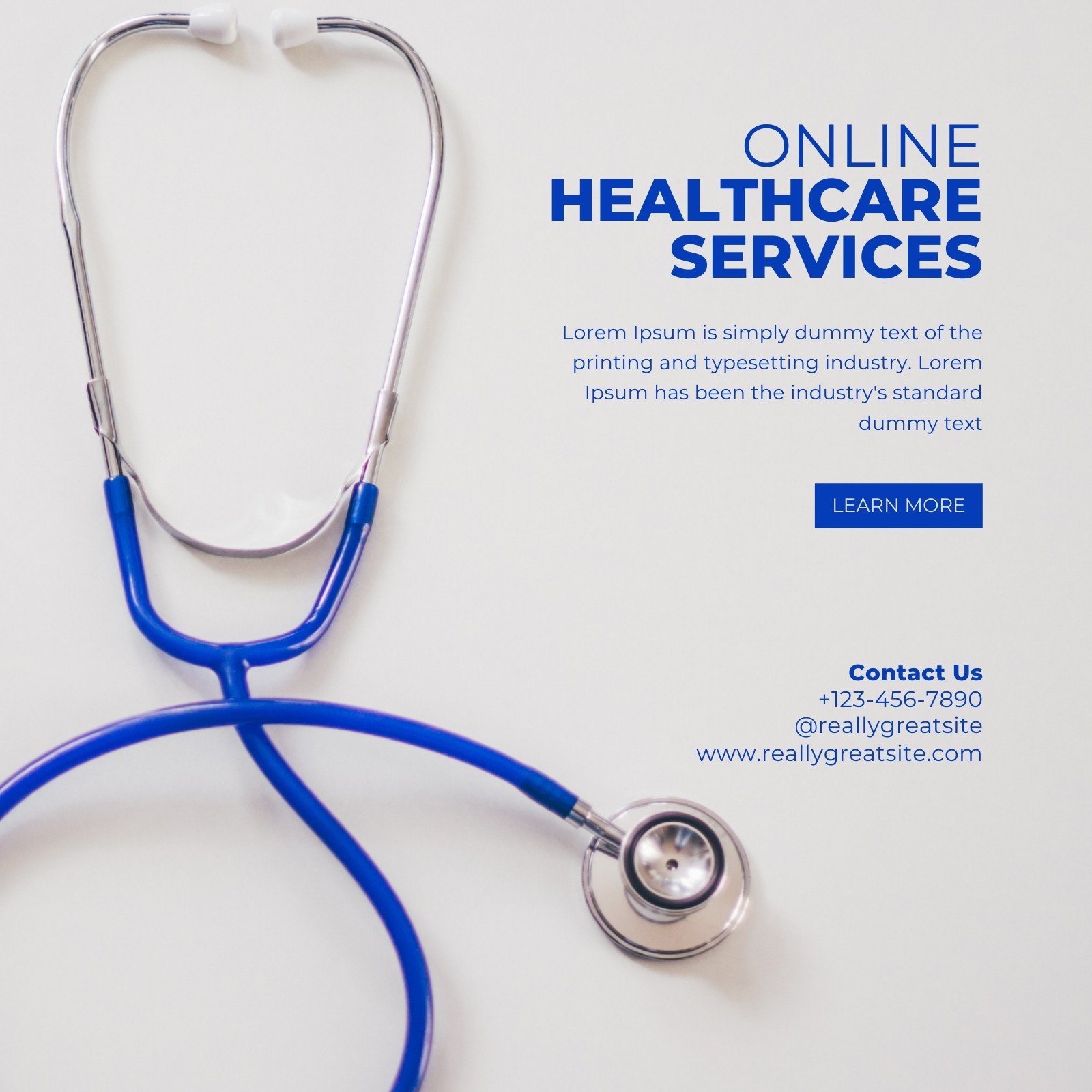Discovering the Growth of Subscription Based Healthcare in the Digital Age
Discovering the Growth of Subscription Based Healthcare in the Digital Age
Blog Article
How Subscription-Based Medical Care Is Transforming the Clinical Market

The Increase of Subscription Health Care
In the last few years, the health care market has experienced a substantial change towards subscription-based versions, showing more comprehensive customer patterns favoring convenience and predictability. This transformation is driven by the enhancing need for more individualized and easily accessible treatment solutions. Subscription health care, occasionally referred to as concierge medication or straight main care, provides clients a set monthly fee for a range of medical services, significantly modifying conventional fee-for-service versions.
The increase of subscription healthcare is promoted by developments in innovation, which enable streamlined interaction in between clients and providers - subscription based healthcare. Digital systems and telehealth services have actually ended up being integral, using clients the ability to schedule appointments, gain access to clinical documents, and obtain examinations online. This technological assimilation not only boosts person involvement yet also enables companies to deliver extra effective care
In addition, the membership design straightens with the advancing assumptions of people who seek even more control over their medical care expenditures and experiences. While this model is getting grip, its proliferation encounters obstacles such as governing hurdles and the need for broader approval within the typical medical care ecosystem.
Benefits for Service Providers and individuals
Subscription-based health care provides a multitude of advantages for both providers and clients, improving the dynamics of clinical care. For clients, this version provides enhanced access to healthcare solutions. With a foreseeable regular monthly fee, individuals can enjoy unrestricted examinations, reduced delay times, and personalized care. This arrangement commonly leads to a more aggressive strategy to health monitoring, enabling for prompt treatments that can avoid persistent problems from intensifying. The financial transparency of subscription versions decreases the changability connected with standard fee-for-service invoicing, alleviating the burden of unexpected clinical expenses.
For doctor, subscription-based versions foster an even more satisfying and sustainable technique. By protecting a consistent profits stream, suppliers can focus on supplying premium care without the pressure of volume-based solution. This design urges longer patient appointments, promoting stronger patient-provider relationships and enhancing health end results. Furthermore, it offers suppliers the adaptability to introduce and incorporate all natural and preventative care methods. Management tasks are typically structured, decreasing overhanging prices and permitting carriers to commit even more time to client communication. On the whole, subscription-based healthcare lines up the incentives of companies and individuals, promoting a much more effective and patient-centered health care shipment system.
Secret Features of the Model
Often, the key features of the subscription-based health care model highlight its unique strategy to supplying clinical solutions. Central to this design important source is the idea of predictable, regular monthly payments, offering people a comprehensive array of services without the unpredictability straight from the source of typical fee-for-service frameworks. This version frequently includes limitless accessibility to primary treatment services, precautionary care, and regular exams, guaranteeing that clients can involve with their doctor proactively instead of reactively.
Furthermore, straight communication networks, such as telemedicine and messaging systems, are emphasized, permitting people to obtain timely suggestions and appointments without needing in-person visits. This improves ease of access and ease, specifically for people with wheelchair restrictions or those living in remote locations. The design likewise promotes stronger doctor-patient relationships, as healthcare suppliers are incentivized to concentrate on lasting health and wellness end results rather than temporary check outs.
In addition, subscription-based healthcare commonly incorporates technical innovations, such as digital health documents and health surveillance applications, to supply efficient and individualized treatment. People gain from worked with and continuous treatment monitoring, which is customized to their particular health needs. Inevitably, these features jointly develop a patient-centered health care experience, prioritizing access, price transparency, and precautionary treatment.

Considerations and obstacles
While the subscription-based health care design offers many advantages, it is not without its difficulties and factors to consider. One significant difficulty is ensuring equitable gain access to. Registration designs may accidentally favor those with higher socioeconomic status, potentially expanding disparities in health care accessibility for lower-income people who may deal with monthly charges. This raises ethical problems concerning inclusivity and equity in healthcare distribution.
One more obstacle depends on regulative compliance. Subscription-based medical care has to navigate a complicated web of laws that vary by area, consisting of issues around patient confidentiality, information protection, and state licensing requirements. Making certain conformity without hampering the design's adaptability and technology can be discouraging for carriers.
Furthermore, there is the threat of overutilization or underutilization of solutions. Clients paying a taken care of fee could overuse services, resulting in increased functional prices, while others may underutilize because of be afraid of straining the system, possibly disregarding required treatment.
Future Leads and Innovations
The landscape of subscription-based healthcare is poised for improvement with emerging technologies and developing potential customers. As technology proceeds to advance, the integration see this page of artificial intelligence and artificial intelligence presents substantial opportunities to improve analysis precision and enhance person administration. Predictive analytics can change preventive treatment by determining potential wellness dangers prior to they show up, thereby lowering both expenses and the burden on health care systems.
Additionally, telemedicine is set to expand within registration designs, offering patients enhanced accessibility to health care professionals despite geographical constraints. This not just facilitates connection of treatment however likewise encourages clients to engage more actively in their wellness monitoring. Additionally, blockchain innovation provides potential in securing patient data and guaranteeing interoperability throughout platforms, fostering count on and openness.
Collaborations in between tech companies and health care suppliers are most likely to produce ingenious remedies, enhancing patient experiences and outcomes. As these leads appear, subscription-based healthcare has the prospective to redefine how care is supplied and accessed.
Final Thought
Subscription-based health care is transforming the clinical sector by providing an extra easily accessible, predictable, and patient-centered technique to clinical solutions. Despite obstacles such as governing difficulties and prospective differences in gain access to, the registration model holds pledge for an extra personalized and effective health care experience.
Registration health care, sometimes referred to as concierge medication or straight key care, uses people a fixed regular monthly charge for a variety of clinical solutions, considerably changing standard fee-for-service models.
Additionally, the registration model aligns with the developing expectations of individuals that look for even more control over their medical care costs and experiences. For people, this version provides enhanced access to health care solutions. Overall, subscription-based healthcare aligns the incentives of individuals and service providers, advertising a much more patient-centered and efficient healthcare delivery system.
Moreover, telemedicine is established to increase within subscription models, offering people raised accessibility to healthcare professionals regardless of geographical restraints. - subscription based healthcare
Report this page